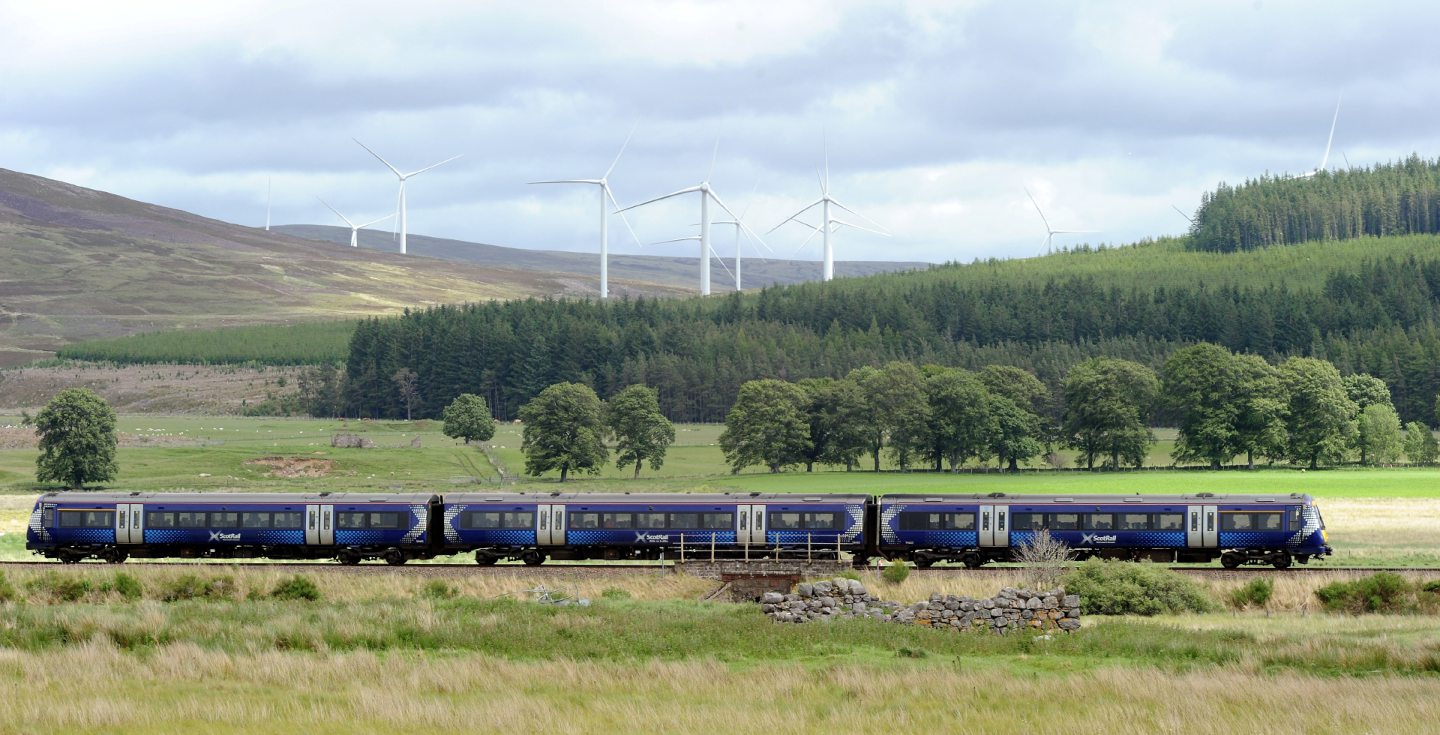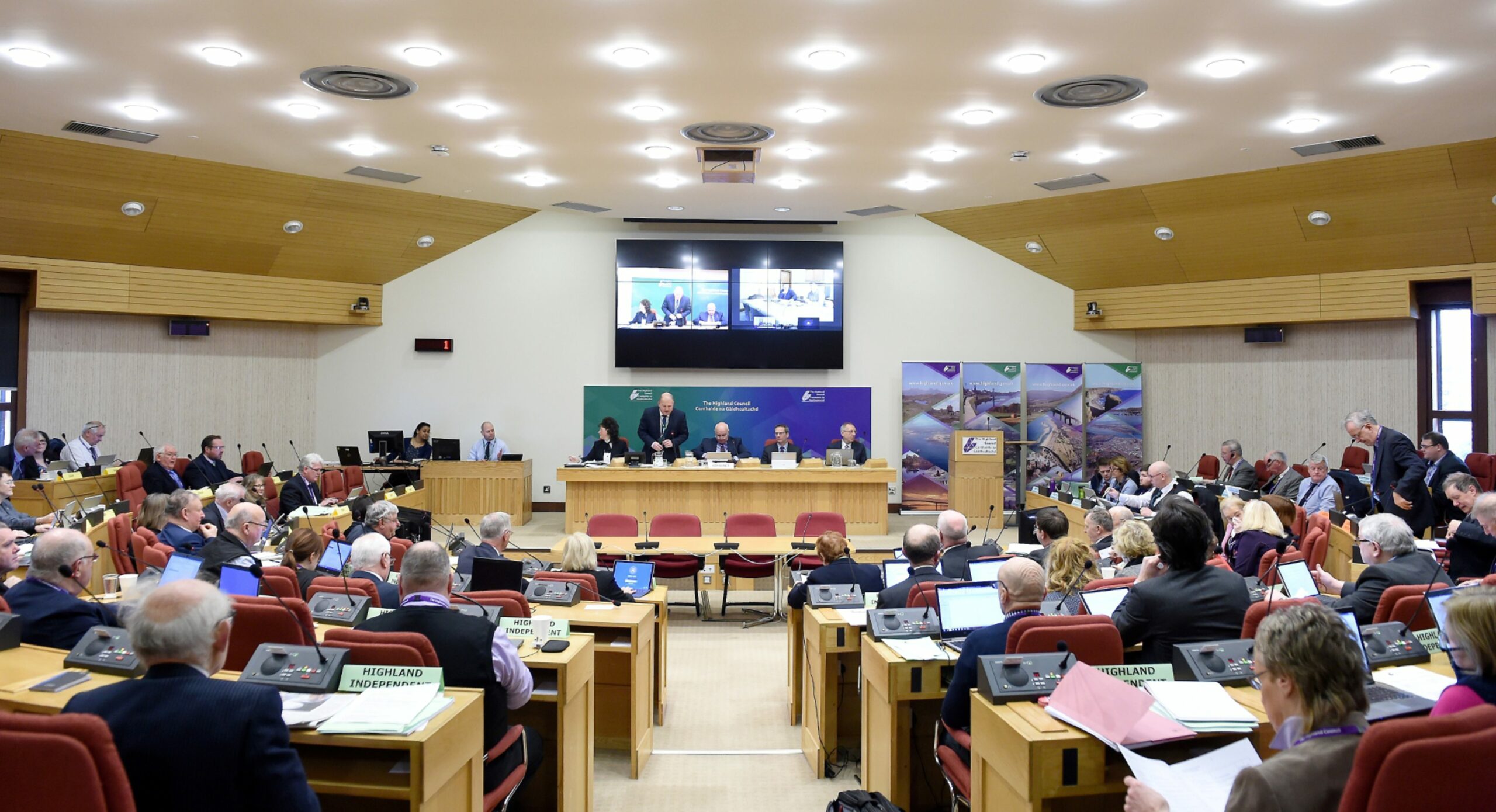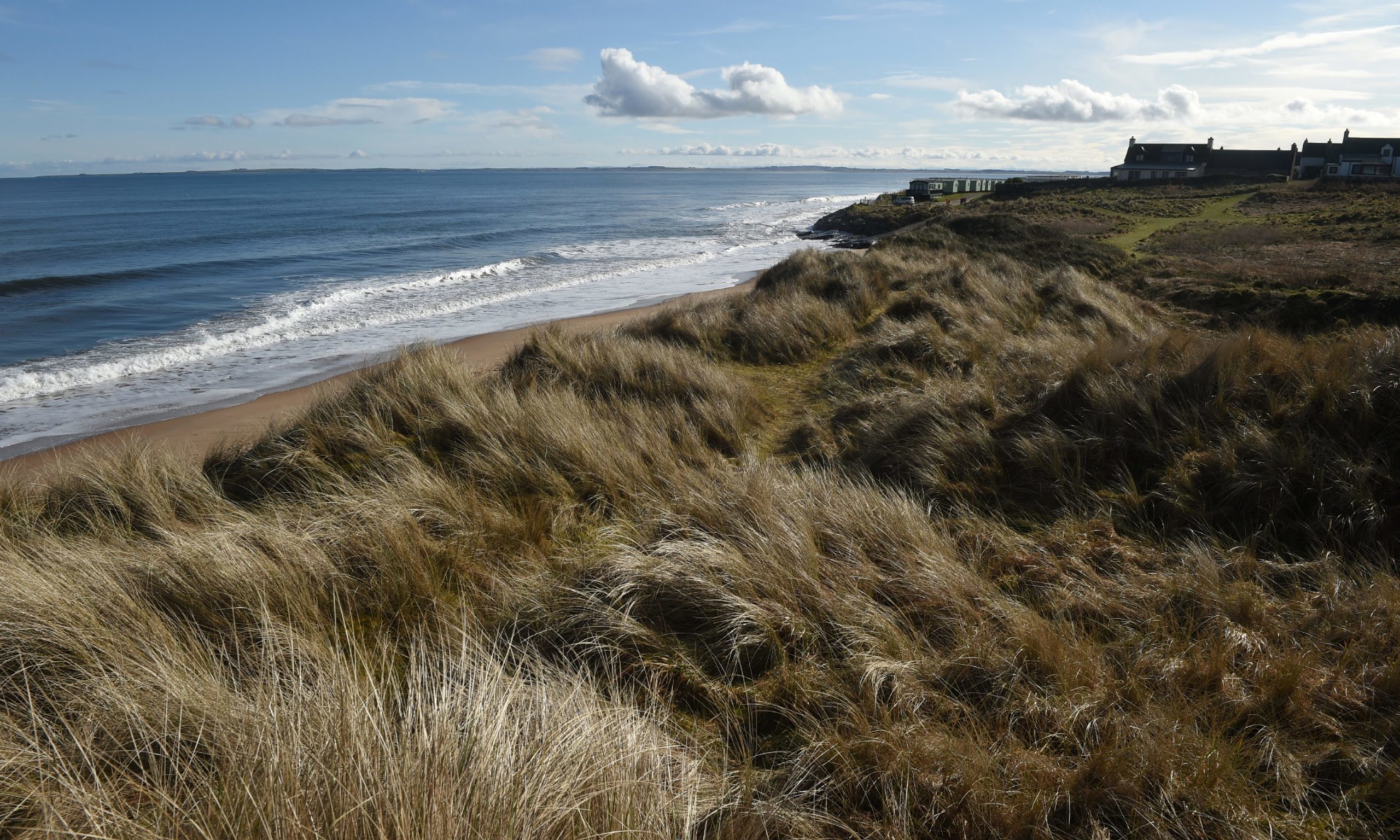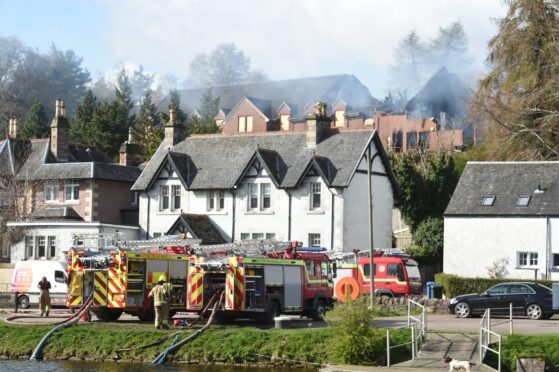Planning applications. Love them or loathe them.
To many they can be the cause of excitement, an insight into who is planning what and where.
For others, they are dry and trawling through one could be seen as the least enjoyable task.
But why do councils make the decisions they do regarding planning applications?
What does the planning system do?
The planning system is used to make decisions about future development and the use of land in towns, cities, villages and the countryside.
It is used to decide where development should happen, and where it should not.
Factors that can weigh in include the impact on the local infrastructure and the development’s effect on its surroundings.
Decisions related to planning applications should fit in with development plans for local areas. Local councils or national park authorities prepare these.
The planning system is designed to balance competing demands to ensure land is used and developed in the long-term interest of the public.
Do you need planning permission?
Planning permission is required for any new development.
A development is considered to be any building, engineering, mining or other operations “in, on, over or under land”.
It also includes the change in use of buildings and land. Planning permission is not needed for work that only affects the inside of a building.
If it is a listed building, consent may be required in order to make changes.
Building without planning permission can lead to enforcement and a fine.
Who decides if permission should be granted?
The way in which councils rule on applications will depend on the type and size of the proposed development.
Smaller applications will usually be determined by planning officers, with more complex or controversial proposals likely to be decided by councillors.
Councillors will debate planning applications at regular planning committee meetings.
It is up to individual councils to prepare their scheme of delegation to decide who is responsible for each type of planning application.
Anybody can comment on an application, including neighbours and those directly affected, as well as those with no immediate ties.
What rulings can be made?
There are three possible outcomes to planning applications.
Councils can decide to:
- grant planning permission without conditions
- grant planning permission with conditions
- refuse planning permission
Can the decision be appealed?
Reviews and appeals can be requested if parties are unhappy with the outcome of a decision.
Appeals can be submitted to a local review body, if determined by council officers, or even escalated up the chain to ministers within the Scottish Government if the decision was made by councillors.
A request for a local review or an appeal to ministers must be made three months from the date of the decision.
Does this happen in real life?
The majority of planning applications fall under the minor category.
Extensions, house erections and building garages will usually be decided by planning officers.
The larger developments, such as wind farms and mammoth housing developments, will ultimately end up before councillors on planning committees.
In the Highlands, some famous cases have filtered through the system and even ended up with Scottish ministers.
Highland councillors went against the recommendation of planning officers to grant permission to a proposed 18-hole championship golf course at Coul Links.
Objectors to the proposal included nature conservation organisations.
A joint petition against the development generated more than 10,000 signatures.
Ministers called in the application and a public inquiry was held.
The application was eventually thrown out.
Plans to resurrect the proposal have emerged, with developers stating that they would be “environmentally sensitive”.













